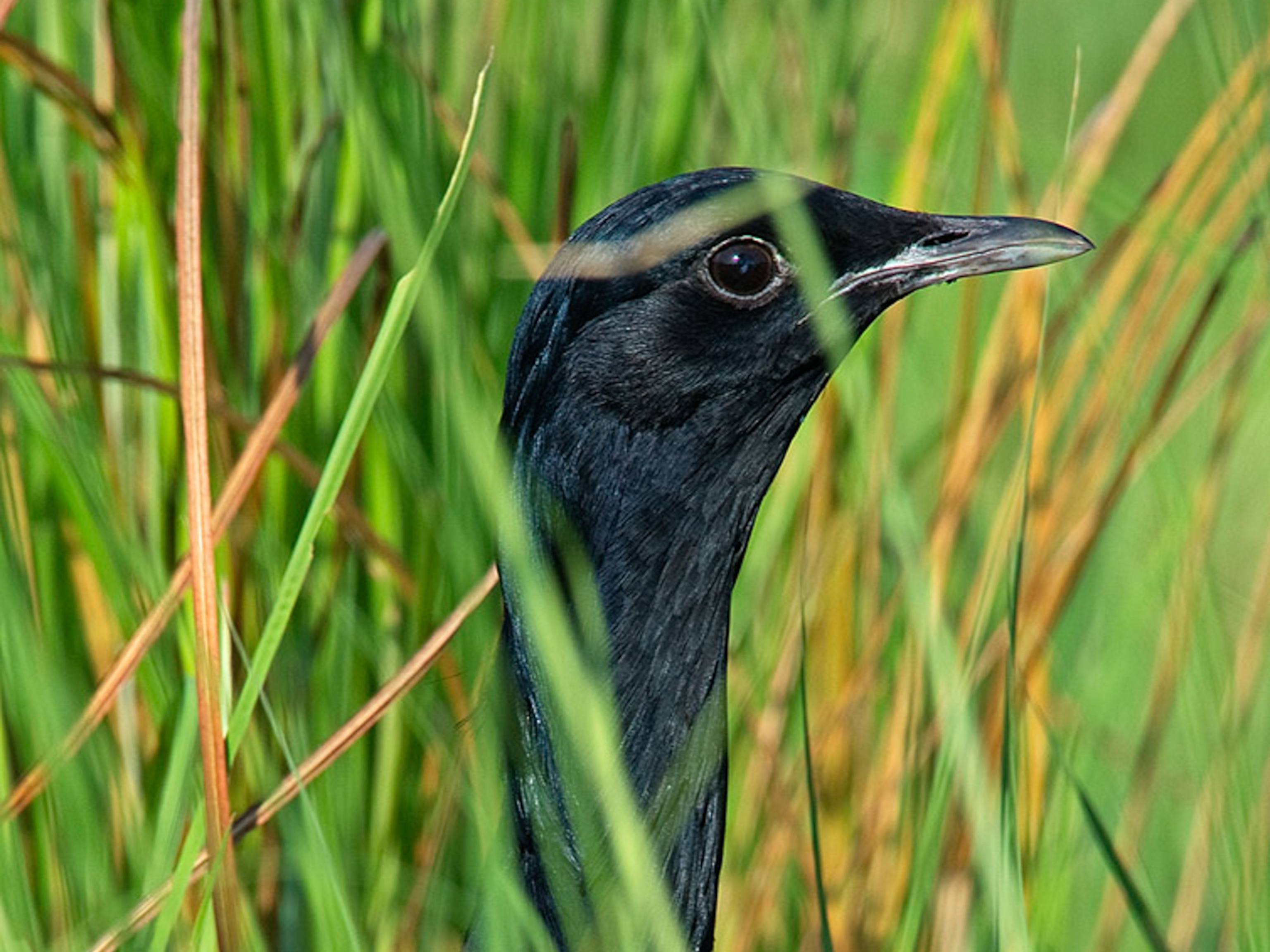Ukai, an ancient Japanese fishing method that uses birds to catch fish, has been around for 1,300 years. While the practice has become a popular tourist attraction, it has also invited controversy.
Every year, thousands of tourists visit the Japanese city of Gifu in central Japan to watch ukai, in which fishers attach tethers to cormorants, birds known for their skill in diving underwater to hunt fish. (Related video: Watch a cormorant dive-bomb the world's largest fish.)
Each cormorant is first leashed around the neck and then released to dive into the water. If the bird makes a catch, it’s then scooped up, and the fisher pulls the fish from the bird’s mouth. The tie around the cormorant’s neck ensures that the biggest fish don’t get swallowed, but allows the bird to swallow small fish. (Watch an amazing video showing a cormorant's 150-foot dive for a fish.)
It’s become so popular that the city is lobbying to have it added to UNESCO’s Intangible Cultural Heritage list. Actor Charlie Chaplin once described cormorant fishing as “Japan’s highest art form” after a visit to the Nagara River in Gifu City, according to a 1998 story in The Australian.
In 1890, the Imperial Household Ministry appointed a small number of fishermen to keep the tradition alive. These imperial fishermen live side-by-side with their birds and can attain the title of “imperial cormorant fishing master” only if they’re a blood relative of a previous master.
Today's ukai fishers defend their treatment of the birds, comparing tethering the cormorants to tying dogs to leashes. They also stress their close ties with the birds. “We take care of the cormorants who come here until they die,” Yamashita Tetsuji tells the Nippon Foundation. “They’re like family.”
This method of fishing, however, does provoke questions regarding the welfare of the birds. Matsuo Bashō, a 17th century Japanese poet, seems to express sympathy for the birds in this Haiku:
Delightful, and yet
Presently how saddening,
The cormorant boats.
“The birds seemed distressed by how they were being handled,” says Lori Gruen, an animal ethicist from Wesleyan University who reviewed a video of the practice.
“Handling certain animals by the throat can be done respectfully, like when people walk their dogs on collars with leashes, but in the video, it seemed mechanical and unpleasant. The birds seemed to struggle against it,” she says.
Gruen also noted that the birds are caught in the wild, and then trained. She wonders if there might be a more humane way to go about treating the birds that doesn’t involved taking them from the wild or raising them in cages.
“Cultural practices, particularly historical practices, may need to be reconsidered based on new knowledge about animal well-being and behavior,” Gruen says.





